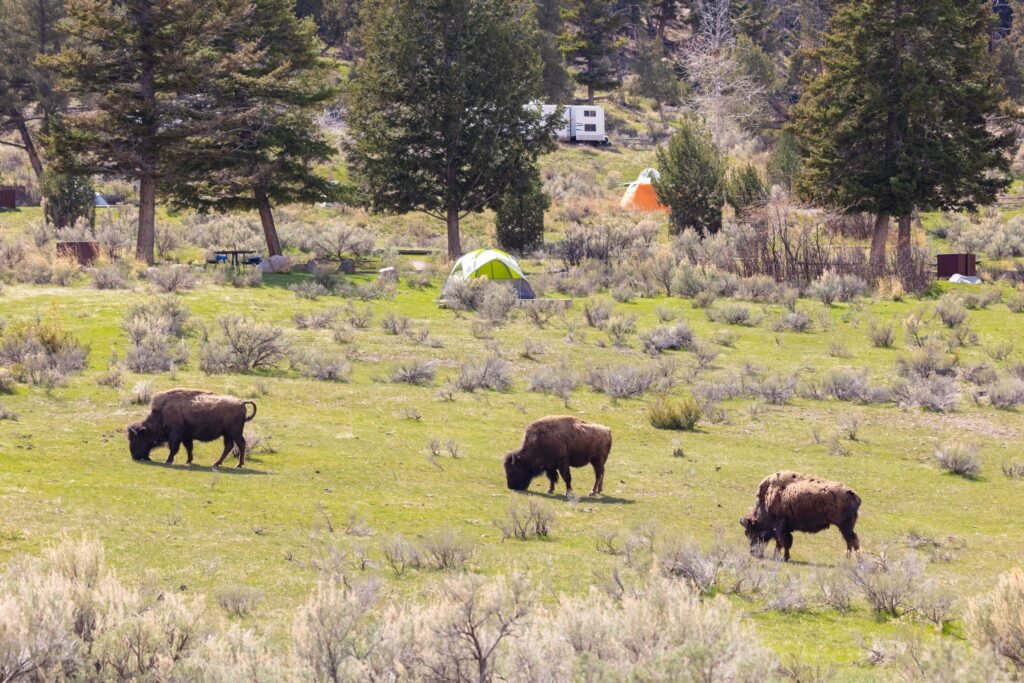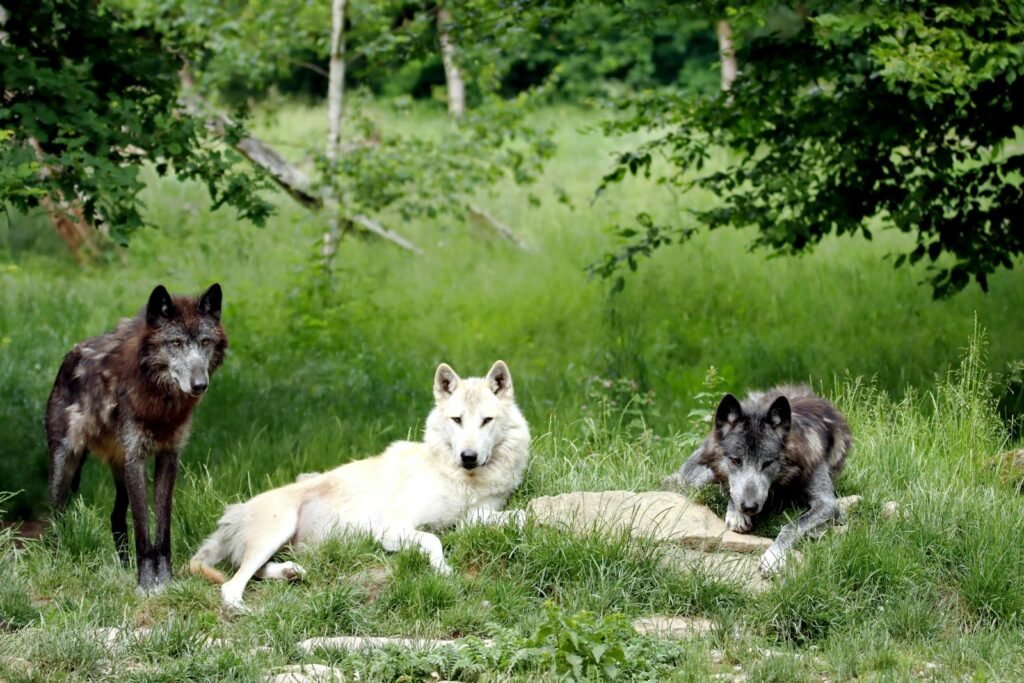A cold morning mist lingers over the wide valleys of Yellowstone National Park as a mighty herd of bison rumbles across the grasslands. Their heavy hooves stir the earth, a living echo of an age when millions of these majestic animals roamed freely across North America. Yet, beneath this breathtaking scene lies a battle of values, science, and livelihoods—a clash that has made the Yellowstone bison not just a symbol of the wild, but a centerpiece of one of the most heated wildlife debates in America. Are we witnessing a conservation success story, or are we trapped in a cycle of conflict with no clear end?
The Last Free-Ranging Bison Herd
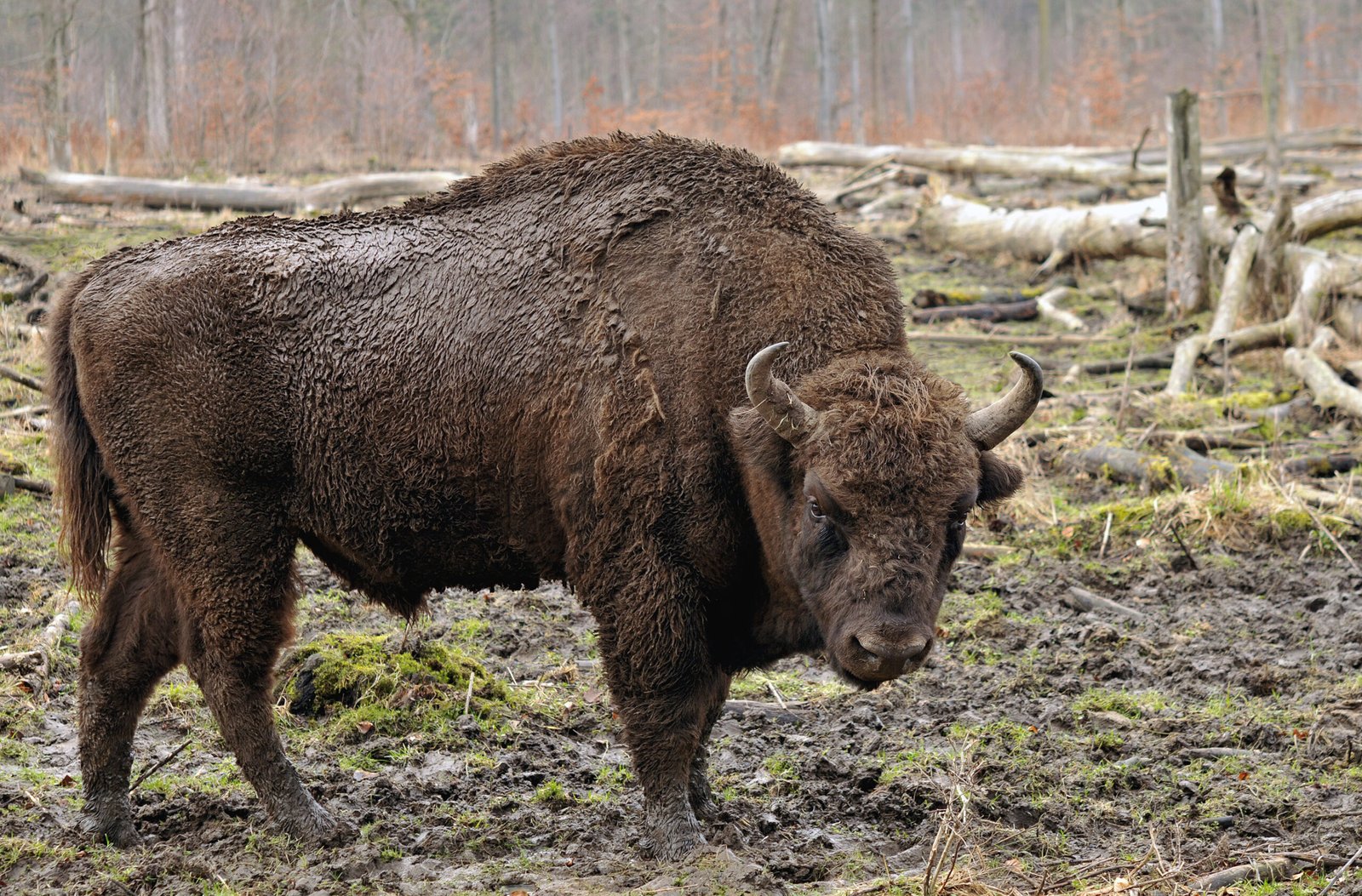
Yellowstone’s bison represent the last continuously wild, genetically pure population left in the United States. Unlike their distant relatives on private ranches, these animals have never been domesticated or crossbred with cattle. Their presence is a living testament to survival after near extinction in the late 1800s. Today, they are an icon of hope for wildlife enthusiasts and conservationists. However, their untamed status is also what makes their management so controversial. Each year, as bison wander beyond park boundaries in search of food, the debate over their fate ignites once more.
Historic Near-Extinction and Recovery
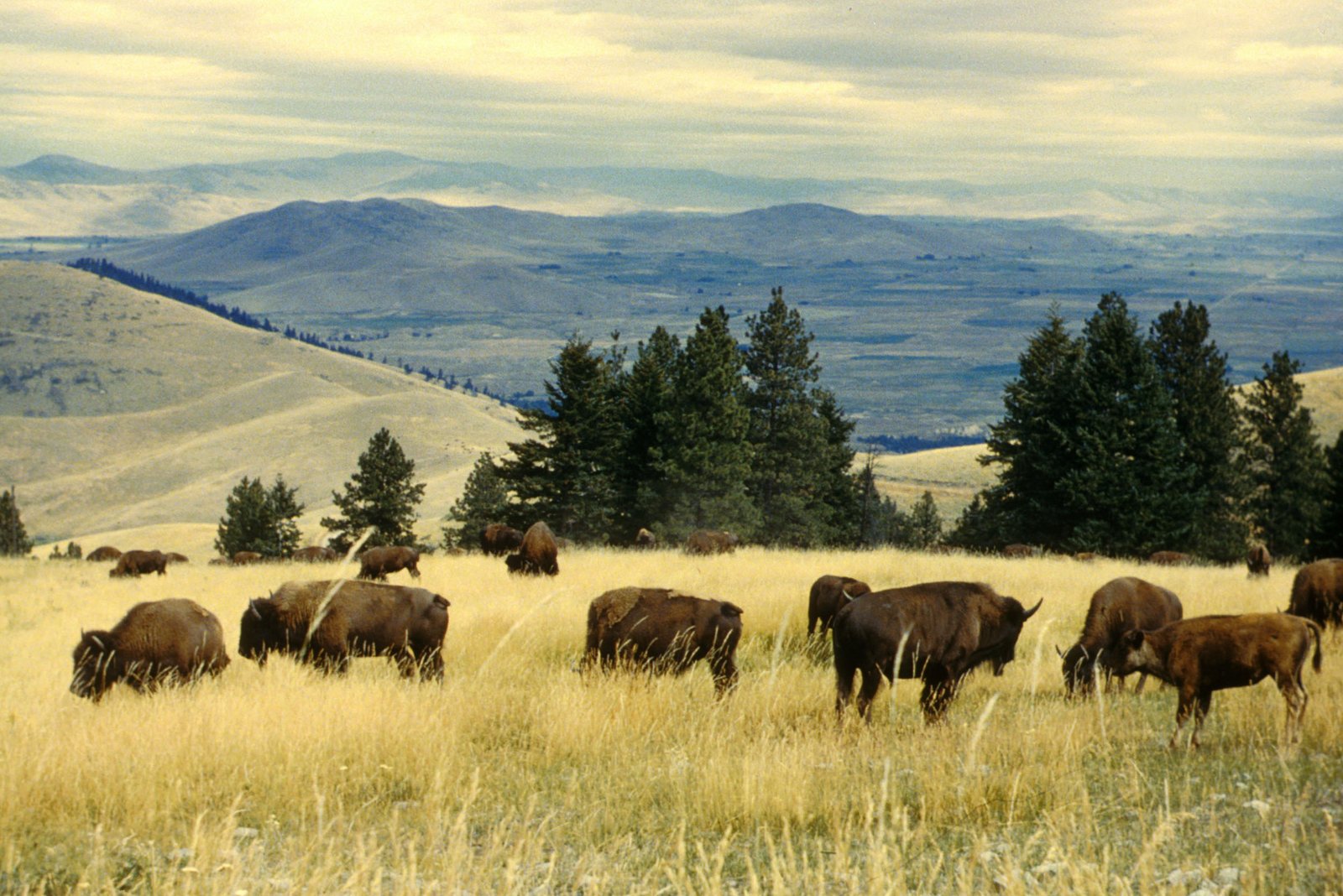
In the 19th century, wild bison populations plummeted from tens of millions to just a few hundred due to relentless hunting and westward expansion. By the early 1900s, only about two dozen bison survived in Yellowstone. A dramatic rescue effort, combining strict protection and careful management, allowed their numbers to rebound over the decades. Today, Yellowstone’s bison herd numbers in the thousands—a remarkable recovery that many celebrate as a conservation miracle. Yet, this success has also brought new challenges: how to balance thriving wildlife with human needs and concerns.
The Threat of Brucellosis
A cloud of fear looms over the bison debate: brucellosis, a bacterial disease that bison can transmit to cattle. Ranchers near Yellowstone worry that infected bison could threaten their herds, leading to devastating economic losses. The disease causes pregnant cows to miscarry, striking at the heart of family livelihoods. Although scientific studies show that actual transmission from bison to cattle is rare, the risk—however small—fuels ongoing tension. State and federal agencies respond with strict controls, including hazing, capture, and even culling, to keep bison inside park boundaries.
Migration Versus Management
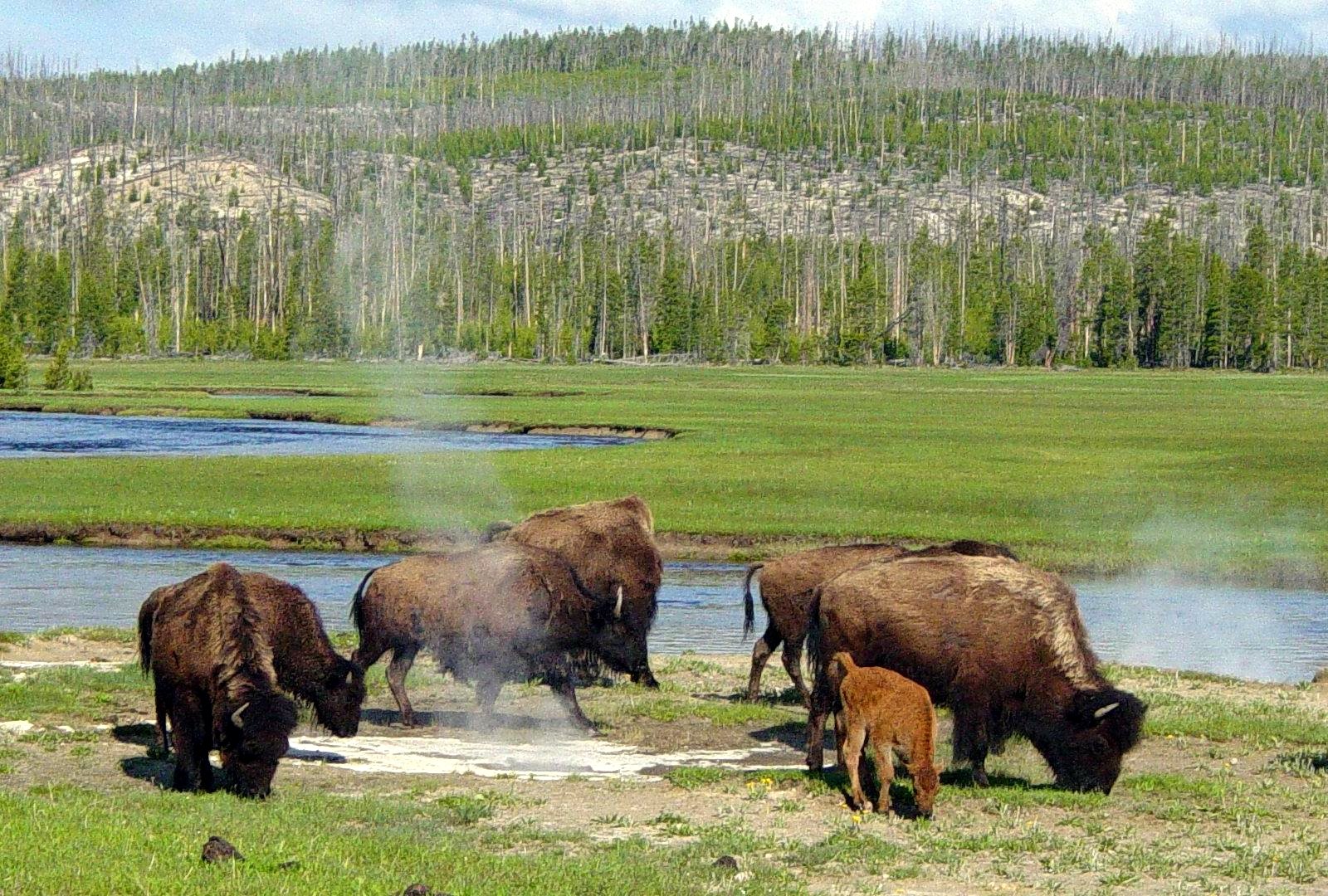
Bison are natural wanderers, following ancient migration routes in search of fresh grazing grounds. Yellowstone’s harsh winters push these powerful animals to lower elevations, often outside the park’s invisible lines. However, once they cross over, they enter a patchwork of private lands and livestock pastures. Managers face a heart-wrenching choice: allow bison their freedom and risk disease spread, or restrict their movements and compromise their wild nature. This tug-of-war between natural instincts and human-imposed boundaries lies at the heart of the Yellowstone bison conflict.
Bison Culling: Necessary Evil or Outdated Practice?
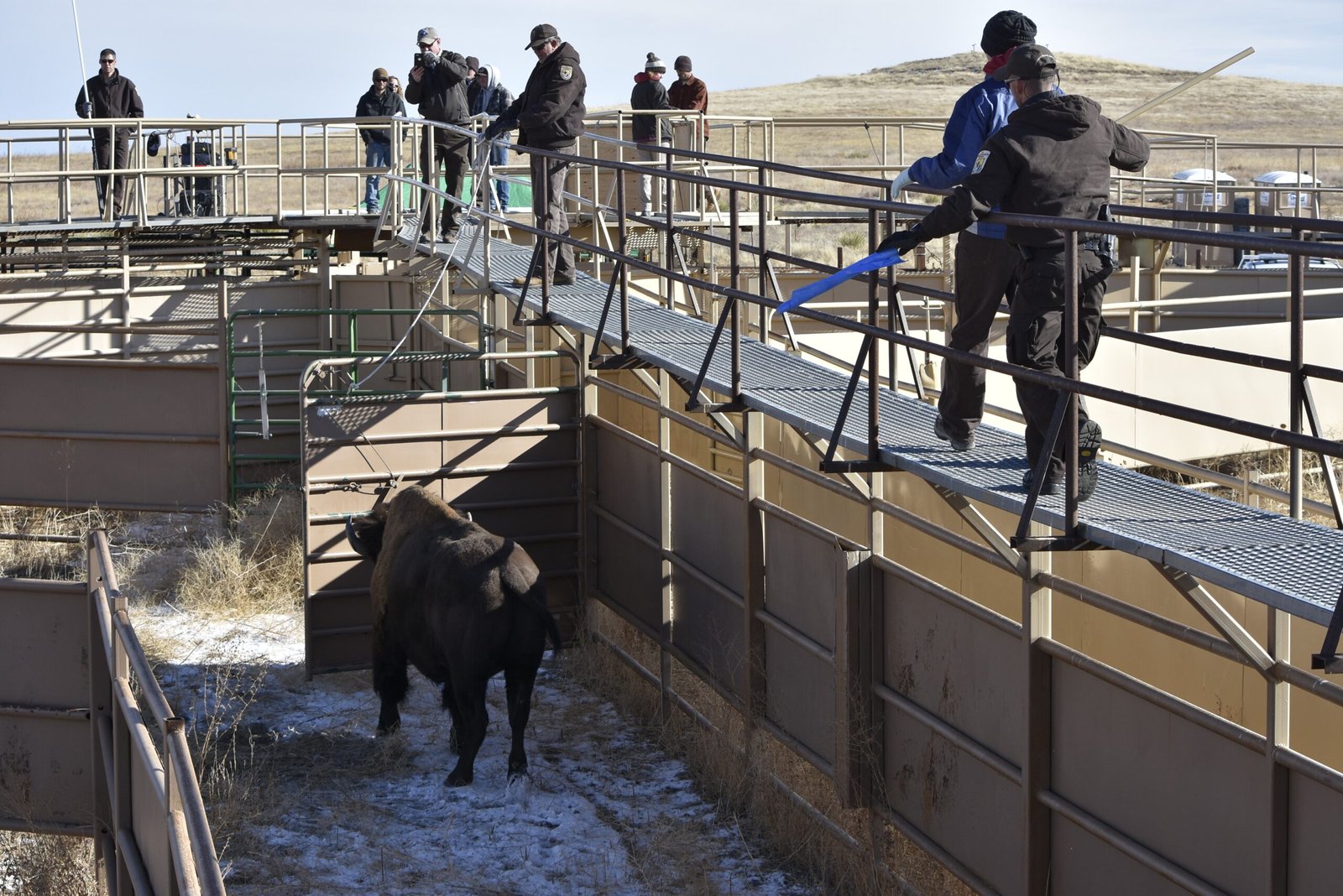
Each winter, government agencies capture and sometimes cull hundreds of bison that leave Yellowstone. Supporters argue that this is necessary to prevent overpopulation and disease transmission. Critics, however, see it as a tragic loss, calling it an outdated relic of the past that goes against the spirit of conservation. The sight of bison being rounded up and trucked away is deeply unsettling to many visitors. The question remains: are we protecting bison or simply controlling them to fit human priorities?
Native American Perspectives
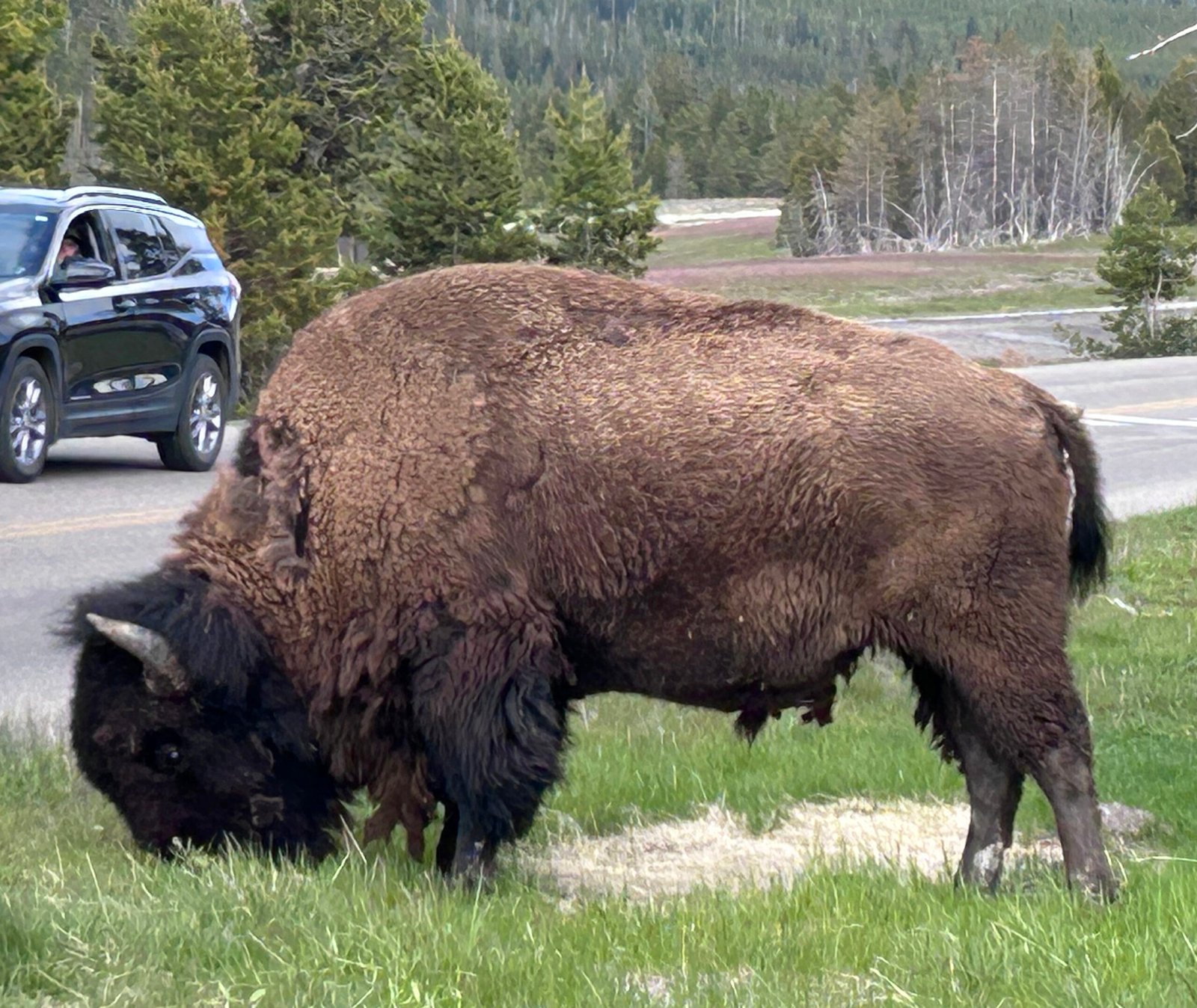
For many Native American tribes, bison are sacred, woven into origin stories and spiritual traditions. The animal represents strength, abundance, and resilience. Tribal nations have long fought for the right to restore bison to their ancestral lands and participate in their management. Cooperative agreements now allow some tribes to receive captured bison for cultural and ecological restoration. This modern partnership is a powerful example of healing and hope, yet it also highlights the complex web of interests in the bison debate.
The Economic Ripple Effect
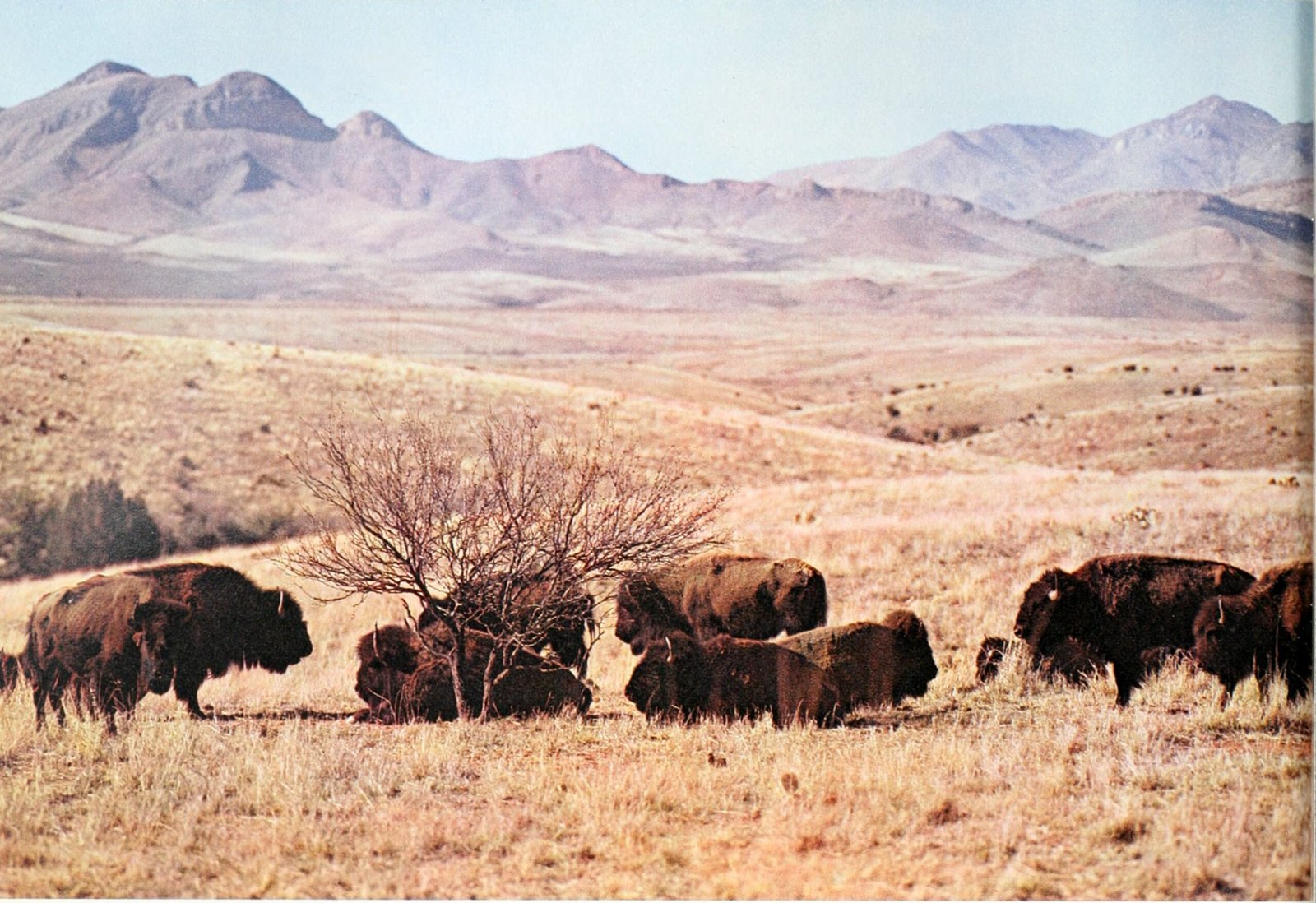
Yellowstone’s bison are not only ecological wonders but also economic drivers. Tourists flock to the park for a chance to witness these living legends, contributing millions to the local economy. At the same time, the risk of brucellosis and property damage stirs anger among ranchers and local communities. Balancing the economic benefits of tourism with the costs borne by rural families is a delicate act. Each side feels the weight of their stake in the outcome, making compromise difficult but essential.
Science in the Crossfire
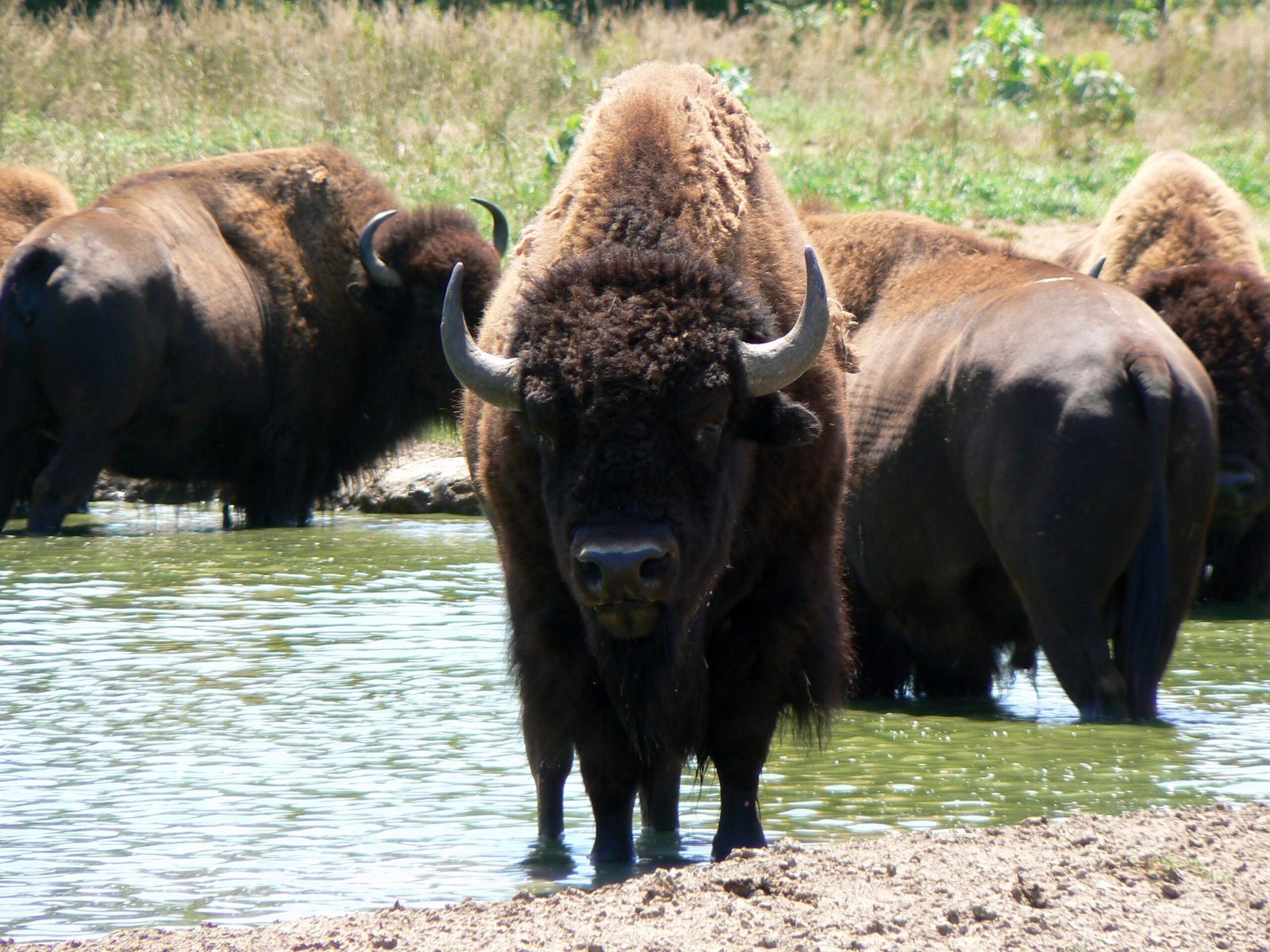
Research on bison movement, disease transmission, and population dynamics is constantly evolving. Scientists work tirelessly to offer solutions that balance conservation with practical concerns. Proposals like vaccination programs, expanded tolerance zones, and better fencing are backed by data, but implementing them is often tangled in politics and public opinion. Sometimes, hard science takes a back seat to emotion and tradition, making progress slow and contentious.
Legal and Political Battles
The Yellowstone bison debate is also waged in courtrooms and government offices. State and federal agencies, local governments, ranchers, and tribal nations all have a say in how bison are managed. Lawsuits, policy battles, and political lobbying are common, with decisions often shifting as administrations change. The result is a patchwork of rules that can be confusing and frustrating for everyone involved. This legal tug-of-war sometimes overshadows the shared goal of healthy bison populations and thriving communities.
Visions for the Future
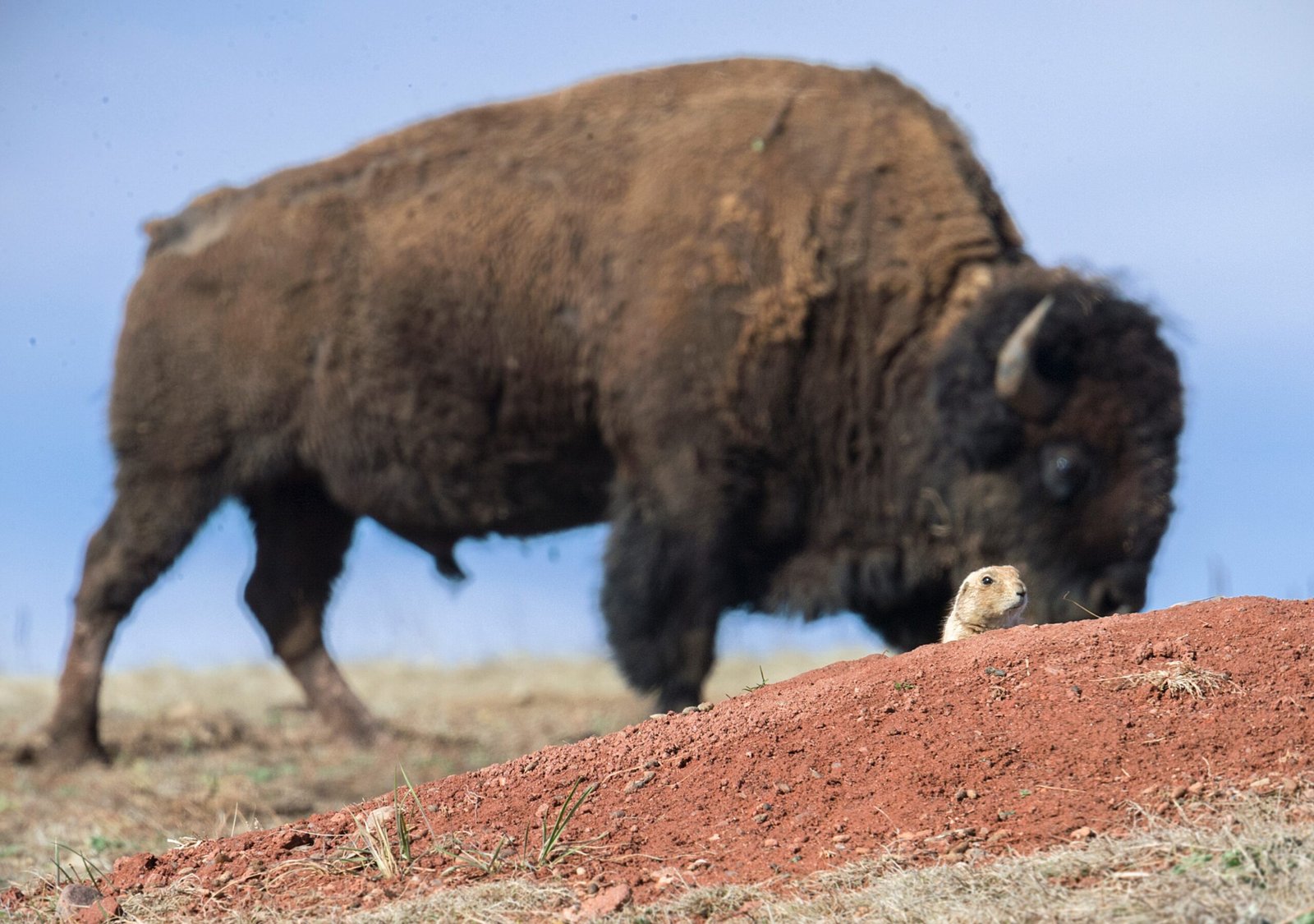
As the world changes, so do attitudes toward wildlife. Some envision a future where bison once again roam freely across the West, restoring prairies and supporting biodiversity. Others prioritize the safety of livestock and the livelihoods of rural families. The challenge is to find creative solutions that honor both the wild spirit of Yellowstone’s bison and the needs of people who live nearby. This may require new thinking, bold leadership, and a willingness to listen to all voices in the debate.
The Role of Public Opinion
Public fascination with Yellowstone’s bison remains as strong as ever. Social media, documentaries, and news stories bring the drama into homes around the world. Outcries over culling, emotional footage of bison calves, and passionate advocacy have the power to sway policy and funding. At the same time, misinformation and polarizing rhetoric can inflame tensions further. Ultimately, the fate of Yellowstone’s bison may rest as much in the court of public opinion as in scientific or political arenas.
Key Takeaways and Reflections
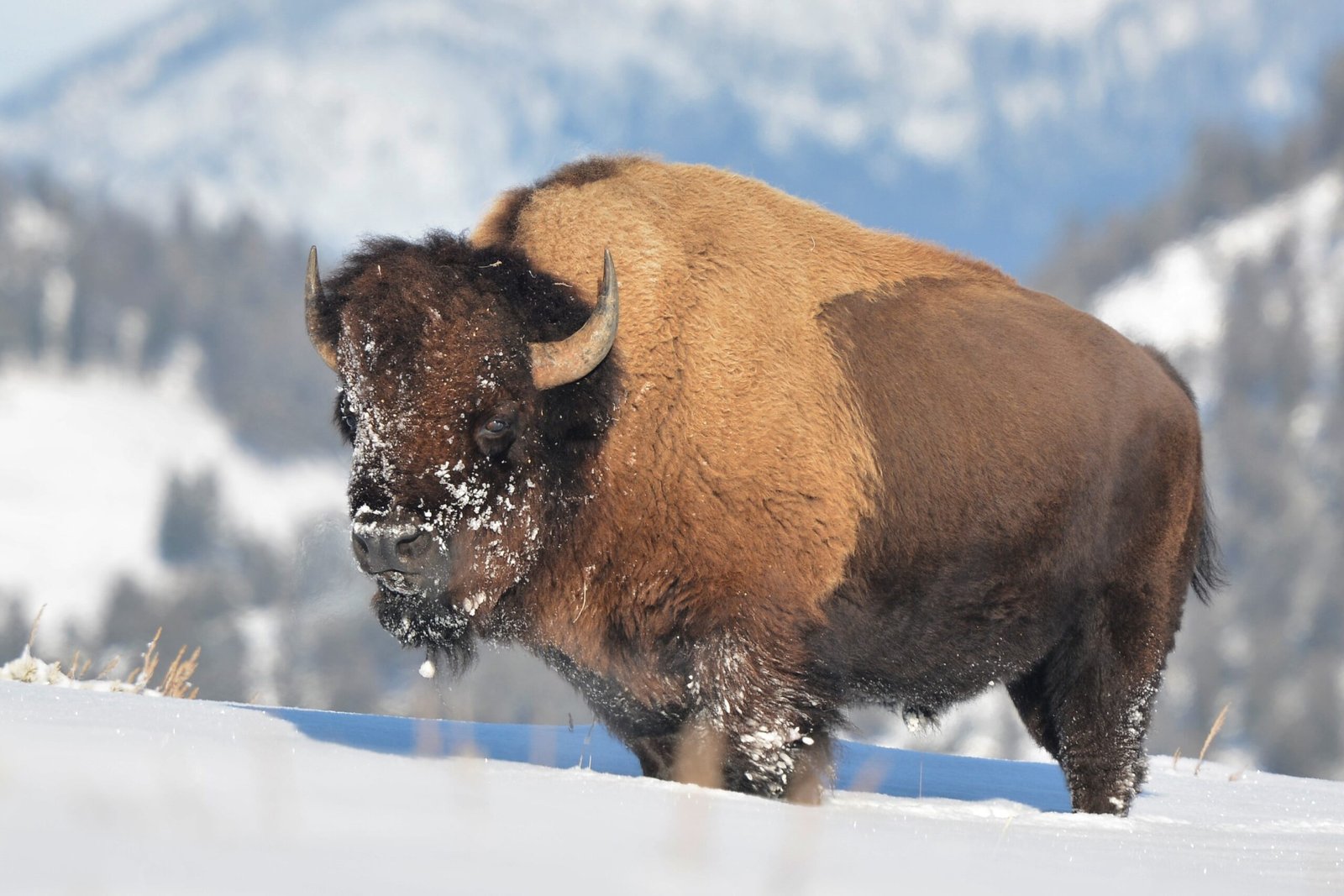
The Yellowstone bison debate is a vivid reminder of how deeply connected we are to the natural world—and how challenging it can be to balance conservation with competing values. These powerful animals stir awe and controversy in equal measure, forcing us to confront tough questions about coexistence, respect, and responsibility. As we look to the future, the choices we make will shape not only the destiny of the Yellowstone bison, but also our own story as stewards of the wild.

